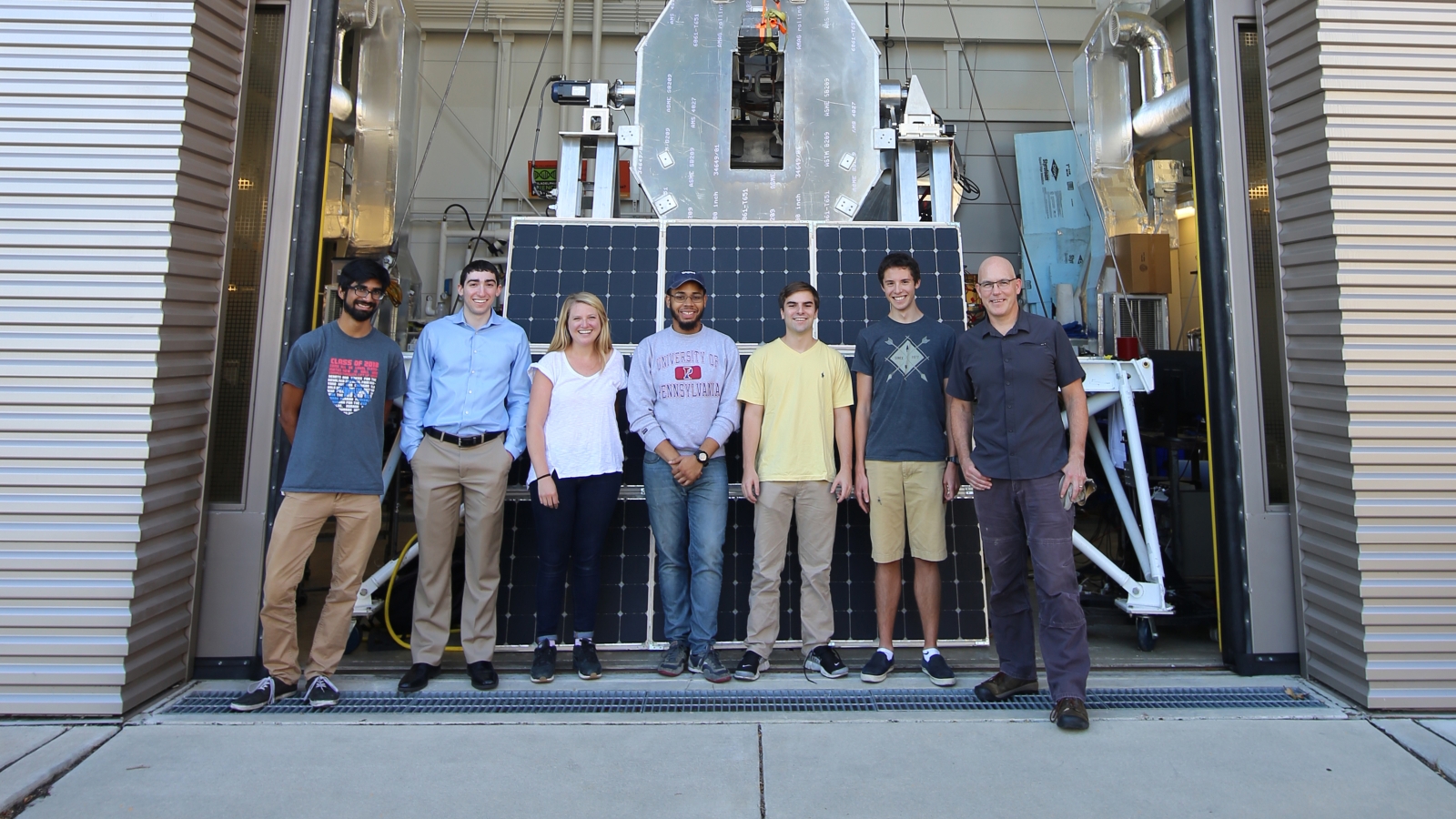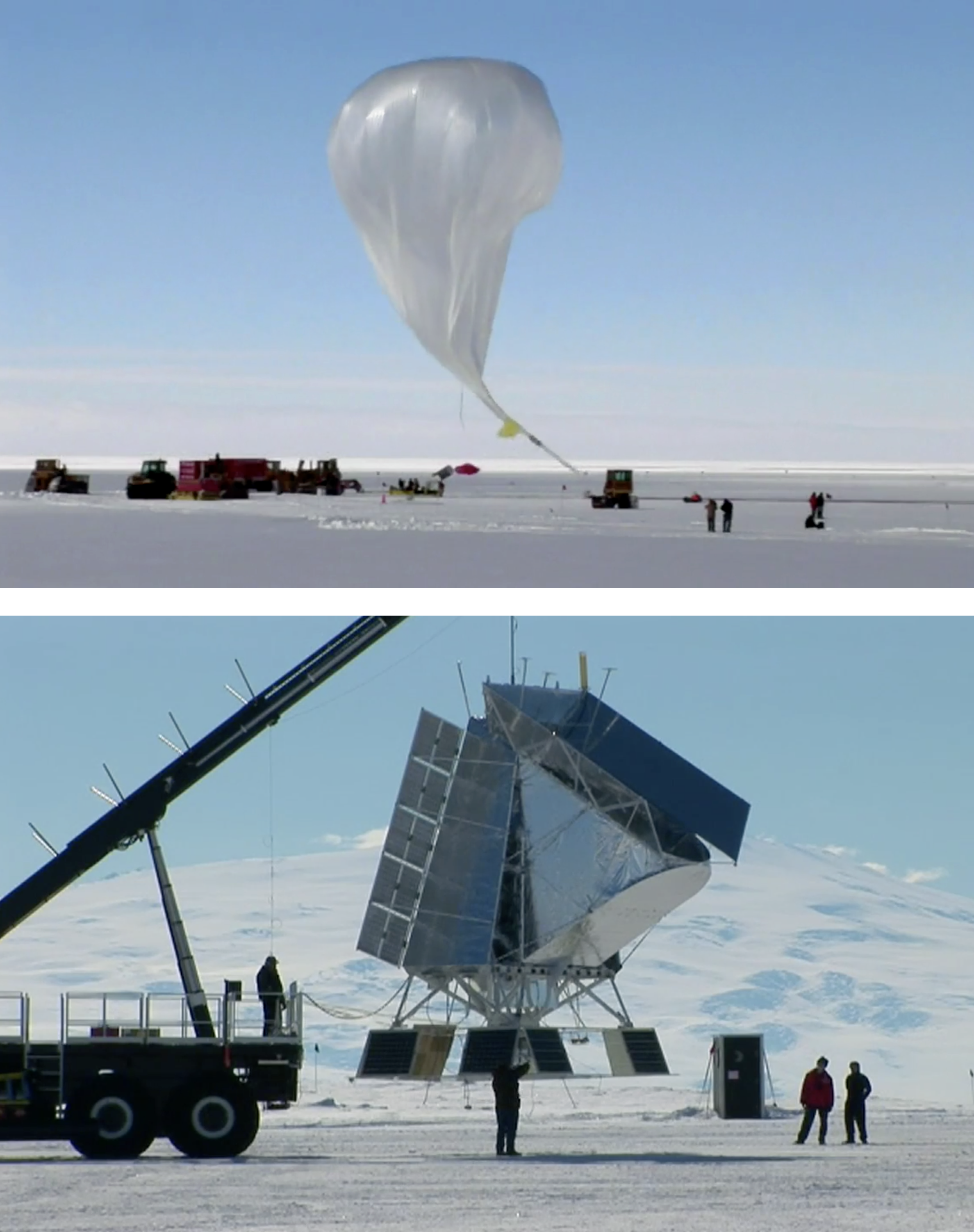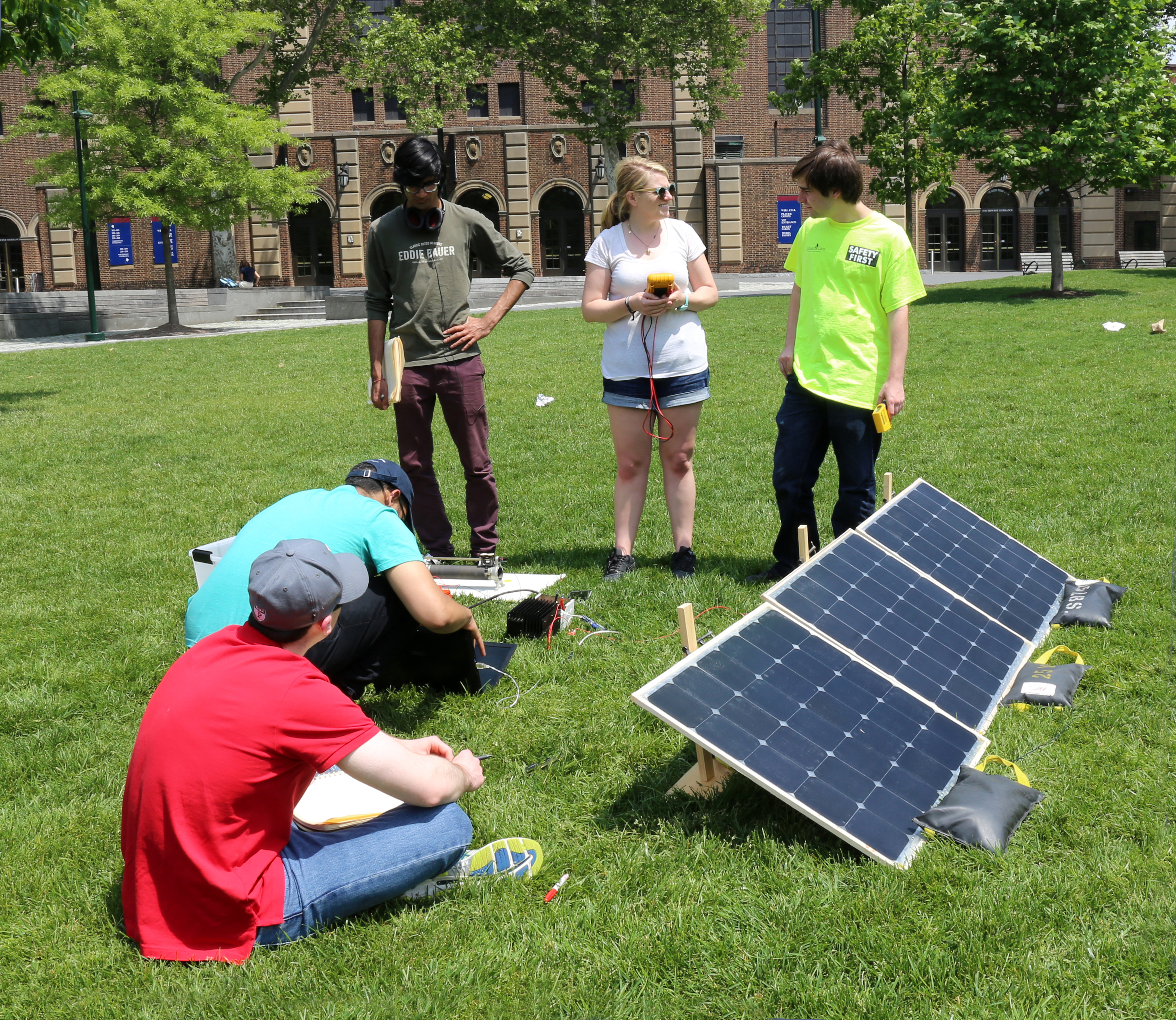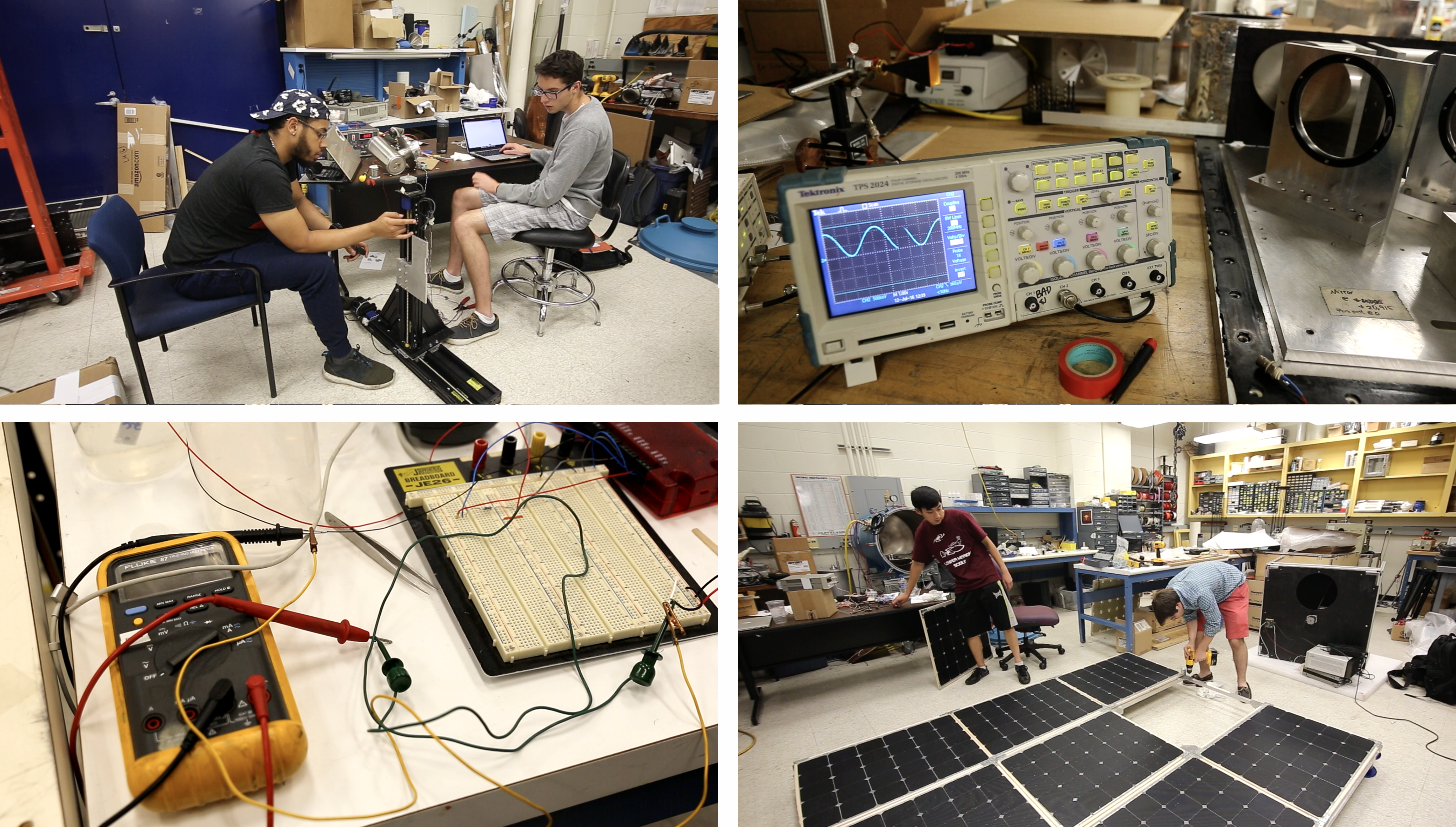How far would you go to understand how we got here?
The question flashes across the screen in the trailer for the 2011 documentary BLAST!. The camera cuts to Mark Devlin as he oversees the launch of a massive high-altitude balloon against the backdrop of the Antarctic.
It’s a moment Devlin plans to recreate in December 2017 with the fourth launch of BLAST, or Balloon-borne Large Aperture Submillimeter Telescope, a sophisticated telescope that detects submillimeter light from distant star-forming clouds of dust and gas, providing clues to how stars and galaxies were formed. Devlin, Reese W. Flower Professor of Astronomy and Astrophysics, is not only project lead, but a mentor for a cohort of undergraduate and graduate students working on critical components—everything from navigation electronics to cooling systems—in preparation for BLAST’s upcoming fourth launch.
“BLAST allows our group to study how the universe evolves—how it went from being very chaotic to something which has structure on all scales,” says Devlin. “From the very first experiment, much of the project was built by undergraduates. It’s a dynamic where the older, more experienced people in the lab expect that part of their job is to bring younger people online and get them the experience they need to conduct research after they leave here.”
Erin Healy, C’12, LPS’17, who was first introduced to the project when she saw Devlin discussing a documentary on the project on the Colbert Report in 2009, spent the summer working on solar panels. “It's really important that we test the solar panels to make sure that we'll have enough power in flight for the electronics,” says Healy, who, after receiving a bachelor’s degree in classical studies, enrolled in the Liberal and Professional Studies program, and is currently pursuing a post-bac in physics. “We need to know what the angle will be to the Sun, and what the Sun's intensity will be in order to correctly identify how much power we'll need to fly.”
The frames that mount these solar panels were designed by physics major Michael Plumb, C’18, ENG’18. “We needed something that was lightweight, structurally stable, and would hold the solar panels without breaking them or clamping them too hard,” says Plumb.
Much of the work on BLAST takes place in the high bay, a large structure on the Penn campus that houses the gondola, the part of the telescope that will be lifted via balloon into space. “I’m working on the electronics of the gondola, which includes the flight computers in charge of the navigation, and the power distribution box, which runs through the solar panels and the batteries to the rest of the components,” says Amarsingh Gawande, C’18, a physics major.
Aaron Mathews, C’17, also a physics major, spent the summer working on the cooling system. “In order to detect the right data from gas clouds, the detectors for the telescope have to be very cool,” says Mathews. “They're cooled with liquid helium inside of a giant refrigerator essentially. So my project was building a motorized valve that will release the helium from the tank on the telescope's descent back to earth.”
The students say work on the project has helped to shape their views on the potential of collaborative research. “Coming into Penn I had heard it described as a research institution but I never really had a great understanding of what that meant,” says Nathan Schor, C’19, another student researcher on the project. “Now, to me, it means working with people that are specialists in their field from all across the world and helping to advance our understanding of the universe.” Plumb calls Devlin a fantastic mentor, commenting that, “He showed us what really goes into a project of this magnitude.”
As BLAST prepares for its next launch, Devlin says the major components—thanks to the help of the students—are just about finished. “In June 2017 we will ship the equipment to NASA's Columbia Scientific Balloon Facility in Palestine, Texas,” he says. “Our whole team will converge there to integrate BLAST with the NASA instrumentation and get it ready to ship. We will arrive in Antarctica near the end of October so that we are ready for a launch in mid- to late December.”
The goal for the 2017 flight is to make measurements of polarized dust emission in star-forming regions of the galaxy. These measurements will help the researchers determine if galactic magnetic fields play a dominant role in suppressing star formation in galaxies.







